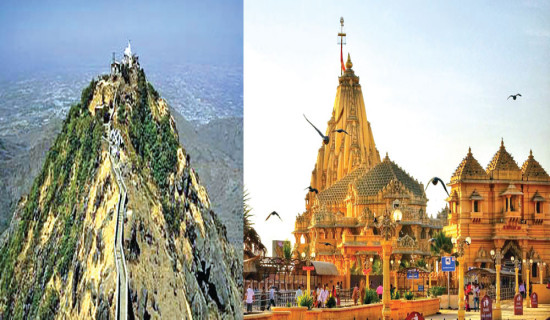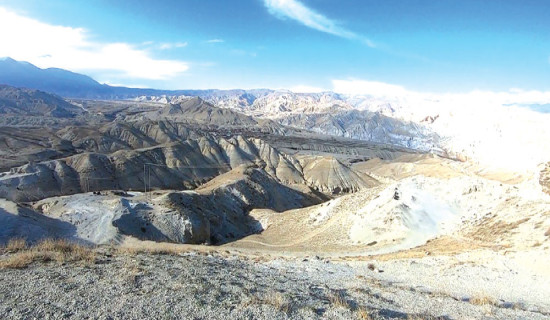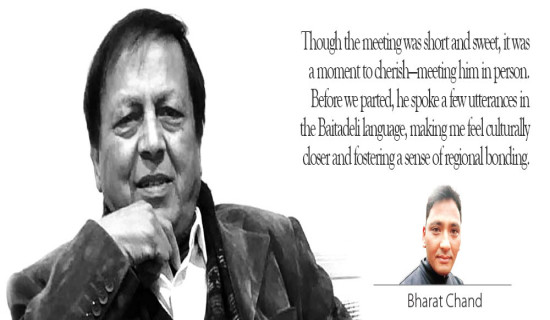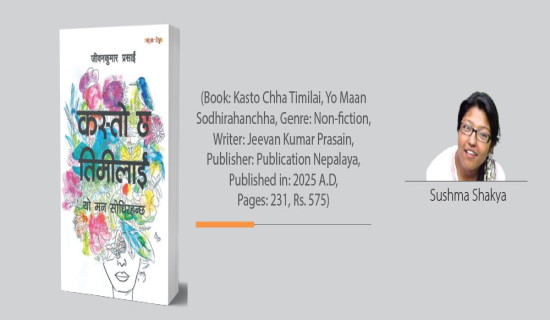- Friday, 16 January 2026
Destigmatising Medical Abortion
Medical abortion has been a topic of considerable ethical, medical, and political debate and is more than a healthcare procedure. In fact, it is a pivotal issue reflecting broader societal values about autonomy, healthcare access, and women's rights. Utilising medications to terminate an early pregnancy, medical abortion offers a non-invasive alternative to surgical abortion. Its development and approval have marked significant progress in reproductive healthcare, providing women with more privacy and control over their reproductive choices.
Nepal stands as a remarkable example in the realm of reproductive healthcare, particularly regarding medical abortion. Since legalising abortion in 2002, the country has made significant strides in ensuring women's reproductive rights and access to safe abortion services. However, the journey towards comprehensive and equitable access to medical abortion in Nepal is still evolving, reflecting both progress and ongoing challenges. The 2002 law permits abortion up to 12 weeks of gestation on request, up to 18 weeks in cases of rape or incest, and at any time if the woman's life is at risk or in cases of fetal impairment. This progressive legislation was a monumental step in recognising women's autonomy and the importance of safe abortion services in reducing maternal mortality rates.
Accessibility
One of the primary benefits of medical abortion is its accessibility. It can be administered in various settings, including the privacy of one's home, thereby reducing the need for clinical visits. Medical abortion can also be a safer option compared to surgical procedures in the early stages of pregnancy that minimise risks associated with surgical techniques. Moreover, the availability of medical abortion underscores the importance of reproductive autonomy. Women have the right to make decisions about their bodies and pregnancies without undue interference. This autonomy is a fundamental aspect of gender equality, as it allows women to plan their lives, careers, and families according to their own needs and circumstances.
Despite these advancements in medical science and promulgation of abortion laws, several challenges still exist. One of the most significant issues is the disparity in access to medical abortion services between urban and rural areas. Urban centres often have better healthcare infrastructure and more trained providers while rural regions lag in terms of availability and quality of services. This gap highlights the need for targeted efforts to expand healthcare access, including training more healthcare workers and ensuring the availability of necessary medications in remote areas.
Cultural and societal attitudes towards abortion also pose considerable barriers. In many parts of Nepal, abortion is still stigmatised, and women seeking these services may face judgment and ostracism. This stigma can deter women from seeking safe medical abortion services, pushing them towards unsafe methods and untrained providers, thereby endangering their health and lives. Comprehensive education and awareness campaigns, therefore, is needed to change public perceptions and support women's reproductive rights.
The landscape of medical abortion is fraught with legal and political challenges. In many parts of the world, stringent laws and regulations impede access to this vital healthcare service. In some places, political agendas overshadow scientific evidence and medical expertise, leading to policies that restrict or outright ban medical abortion. These restrictions often disproportionately affect marginalized groups exacerbating existing health disparities. The opposition to medical abortion often stems from deeply held ethical and religious beliefs about the sanctity of life. While it is essential to respect diverse perspectives, policy decisions should be guided by evidence-based medical practices and a commitment to public health.
Medical professionals widely acknowledge the safety and efficacy of medical abortion, and policies should reflect this consensus to ensure that women have access to safe and reliable healthcare options. Furthermore, misinformation and stigma surrounding abortion continue to pose significant barriers. Comprehensive sex education and public health campaigns are vital in addressing these issues, ensuring that individuals are informed about their reproductive health options.
Challenges
While the legal framework is progressive, implementation is inconsistent. Issues such as lack of awareness about the legal status of abortion, bureaucratic hurdles, and insufficient enforcement of laws contribute to gaps in service delivery. Another critical aspect is the integration of abortion services into the broader healthcare system. Medical abortion that is a part of comprehensive reproductive healthcare, including family planning and post-abortion care, can enhance the overall quality of care and support women's health holistically.
Therefore, medical abortion offers safe, effective, and accessible options for women seeking to terminate early pregnancies. However, the ongoing legal, political, and social challenges underscore the need for continued advocacy and education. Ensuring that medical abortion remains accessible is not only a matter of healthcare but a broader issue of justice, equality, and respect for women's autonomy.
Nepal's experience with medical abortion illustrates both significant progress and ongoing challenges. Legal reforms have paved the way for safer and more accessible abortion services, but disparities in access, societal stigma, and implementation issues still persist. Thus, continued efforts to address these challenges through education, advocacy, healthcare system improvements, and policy enforcement are essential.
(Dr. Lohani is the executive director at Health Concern. lohanis@gmail.com)
















